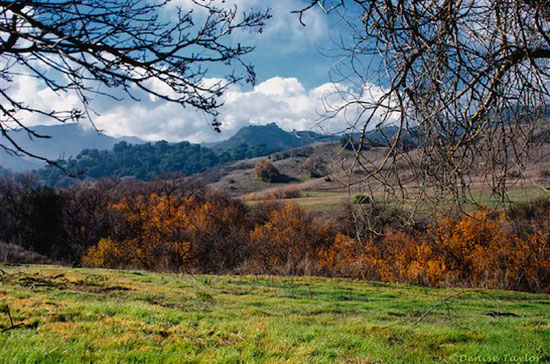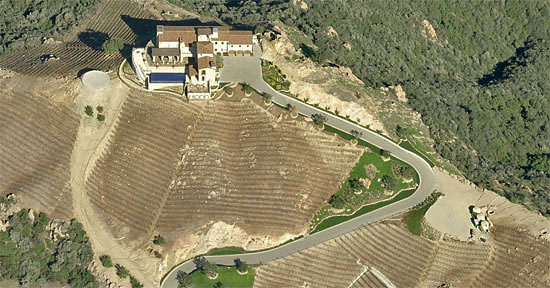
New development rules will keep the Santa Monica Mountains looking like this for future generations.
Culminating one of Los Angeles County’s longest-running environmental efforts, the Board of Supervisors on Tuesday gave final approval to a series of sweeping development restrictions that will preserve the Santa Monica Mountains as one of the nation’s premiere—and pristine—urban recreational treasures.
Passage of the Local Coastal Program (LCP) will protect an 80-square mile swath of environmentally sensitive land from construction that already has scarred some of the mountain region’s most scenic ridgelines and jeopardized fragile wildlife and plant habitats. The plan will preserve the flow of natural streams, outlaw certain rodent poisons and keep the night skies dark through tough outdoor lighting restrictions.
“We only have one Santa Monica Mountain range, and God isn’t making them anymore,” said Supervisor Zev Yaroslavsky, who vowed that the LCP will “protect one of the most beautiful mountain ranges in the state of California. It’s not the High Sierras, but then the High Sierras aren’t the Santa Monica Mountains, either.”
For nearly a decade, Yaroslavsky has championed the plan, alongside the county’s regional planning department and a broad coalition of organizations and individuals with a stake in the mountains.
During a public hearing Tuesday, the only opposition came from a handful of vintners, some of whom own vineyards in the Santa Monica Mountains above the Malibu coastline. They opposed a rule that, under the new plan, would ban the establishment of new vineyards because of their water consumption and the silt that can flow from them into natural streams, endangering wildlife.
Leading the vintners was Don Schmitz, who, in earlier hearings, had lobbied against the LCP’s rigorous new construction restrictions. Schmitz insisted that vineyards are as environmentally friendly as other forms of agriculture permitted under the plan and are a boon to the local economy.
The vineyards, he said, “bring hundreds of thousands of people into the Santa Monica Mountains to go on the wine tours, to go to local wine-tasting rooms, to go to restaurants featuring local wines.”
“It’s important for you to note,” Schmitz told the board, “that this is the Santa Monica Mountains National Recreation Area. It’s not Yosemite, which is a national park. It’s a recreation area.”
Yaroslavsky emphasized that the plan targets only new vineyards, not existing ones like those owned by Schmitz and the others who testified Tuesday. “Nobody is ripping out anybody’s vineyards,” he said.
“Nobody enjoys a glass of cabernet or merlot more than I do,” the supervisor went on to say. “But I have a lot of choices where to get my cabernet. I don’t have a lot of choices where I can see the Santa Monica Mountains National Recreation Area.”
The board approved the LCP by a 3-1 vote. Supervisor Michael D. Antonovich was the lone dissenter, arguing that the vineyard rules unfairly restrict property rights. Supervisor Mark Ridley-Thomas was absent for the vote.
The plan now faces only a final sign-off by the Coastal Coastal Commission, which gave it unanimous approvals in April and July after requesting several minor modifications. The restrictions are expected to go into effect this fall.

In the future, under the new restrictions, vineyards like this will not be allowed.
Posted 8/27/14






